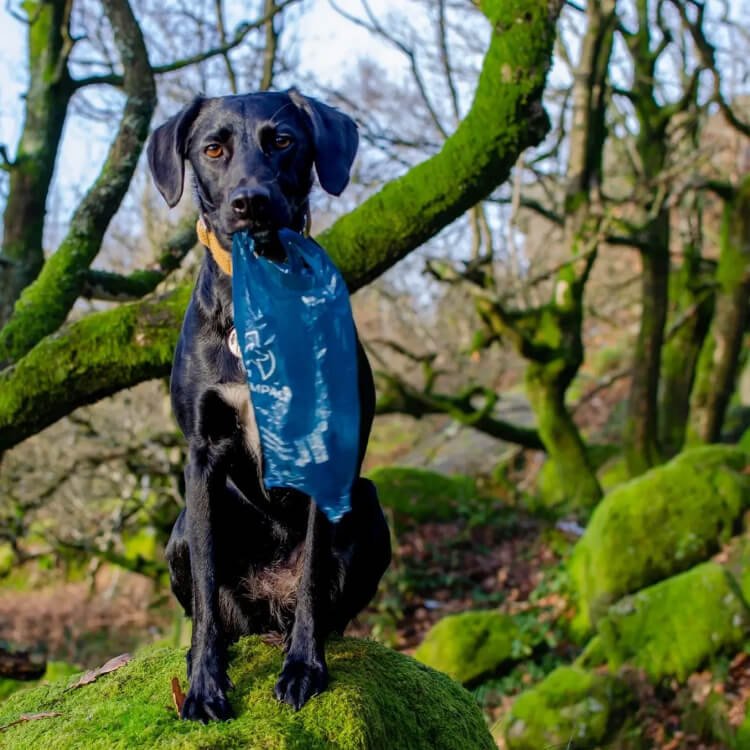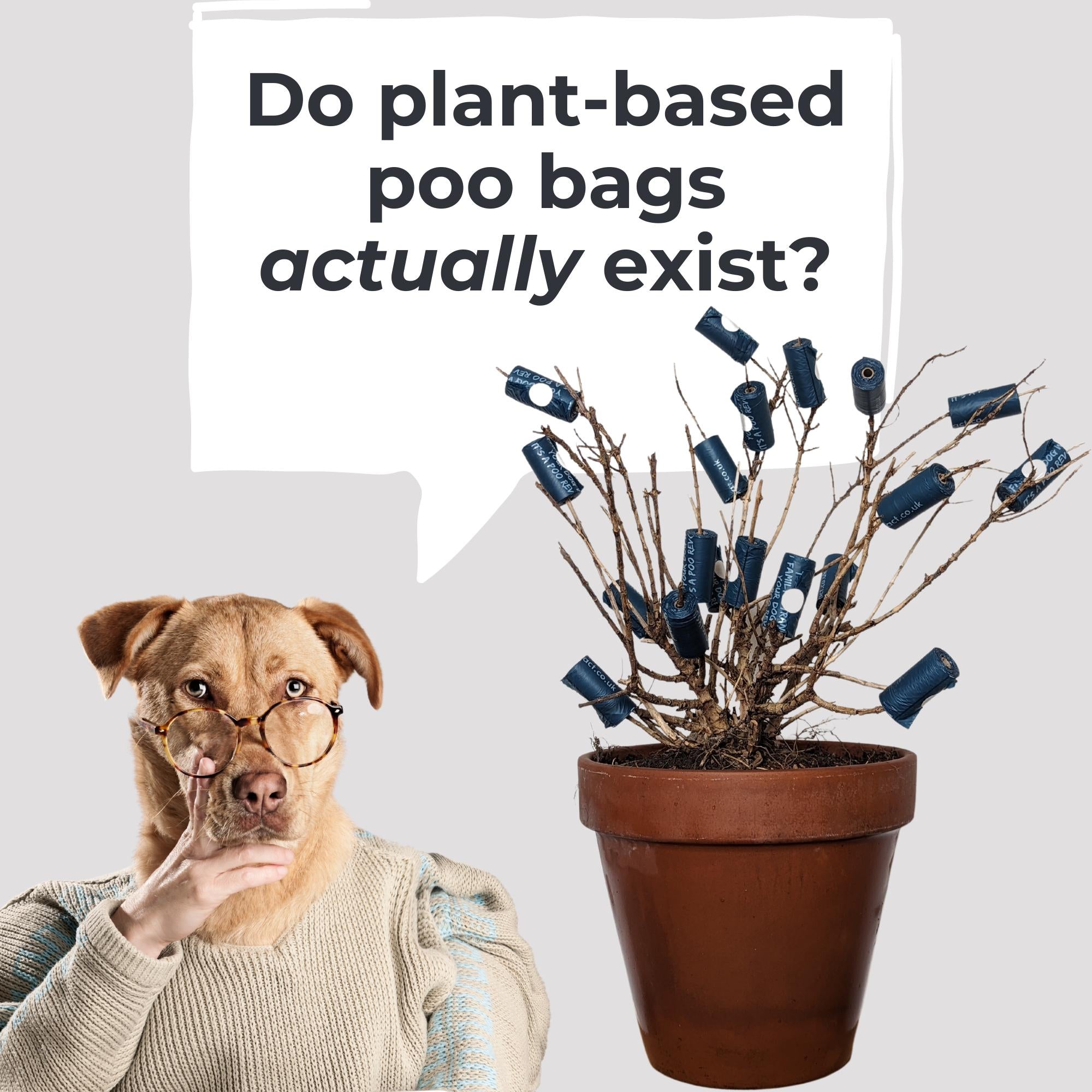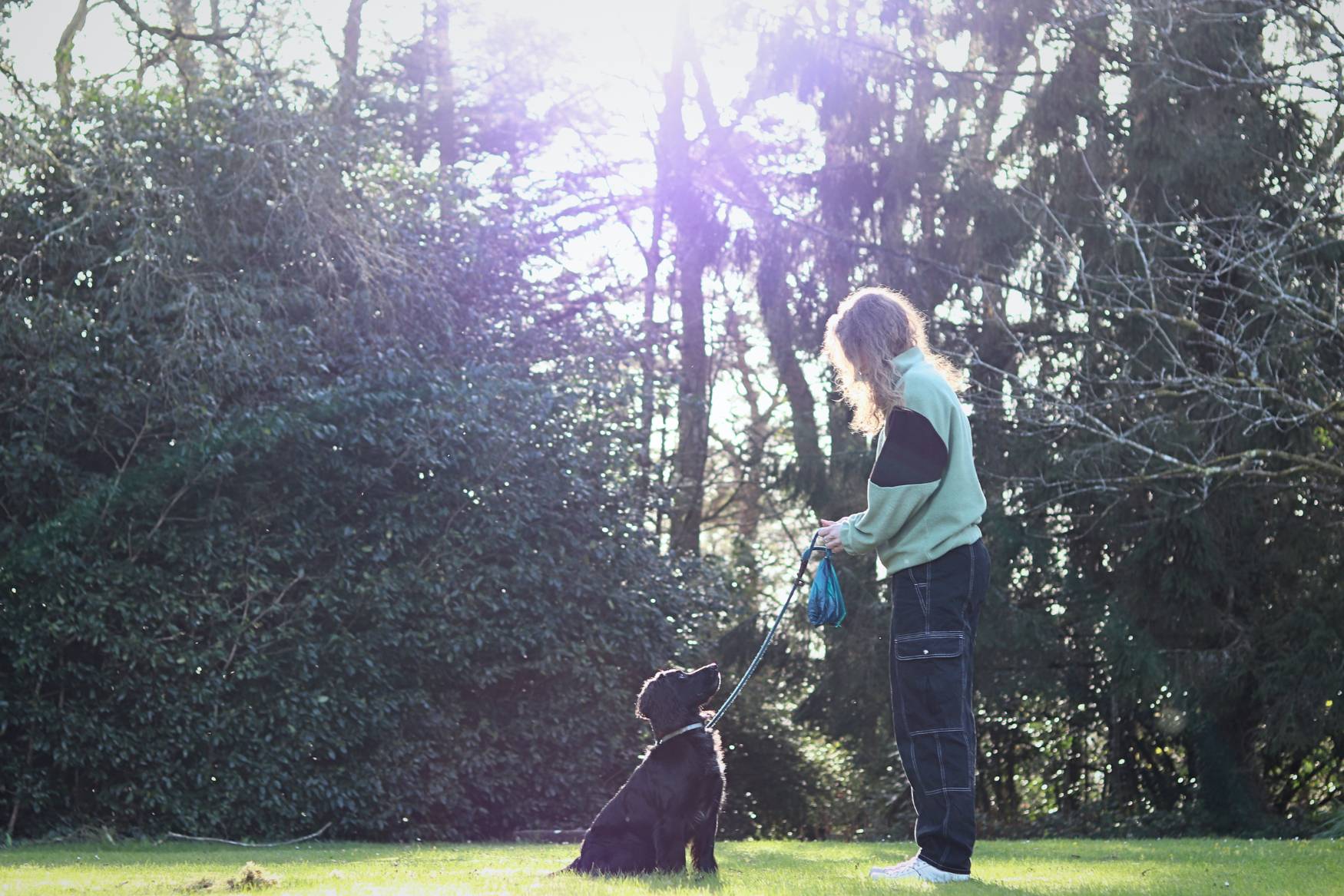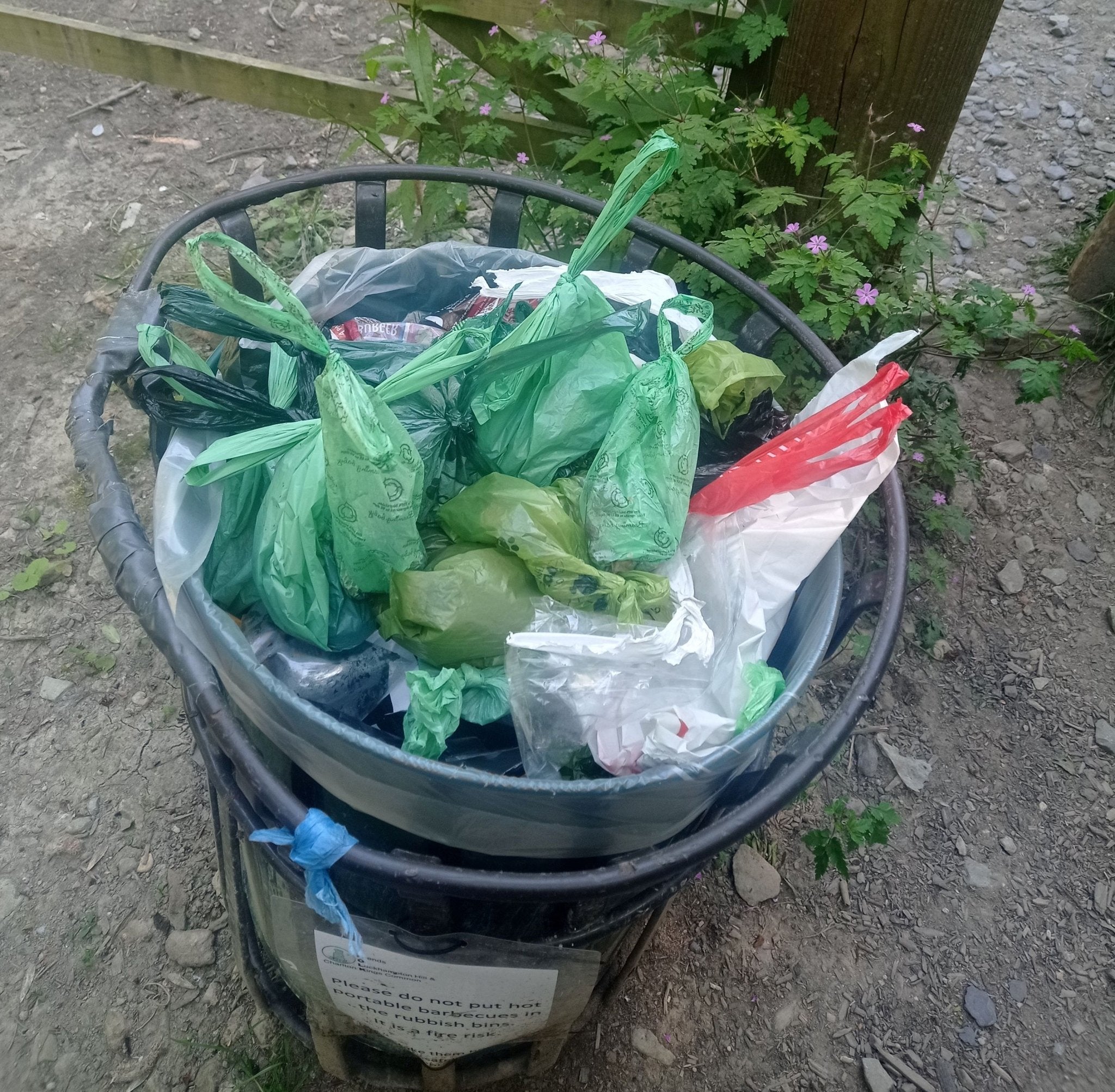For dog owners, dealing with dog waste is an unpleasant reality.
But what if there was a way to turn that waste into something useful?
Traditional composting theory may tell you that you can't compost dog poo, however research done with Alaskan sled dogs has shown that with some extra precautions, it can be done!
Composting dog poo not only helps reduce waste sent to landfill or incineration but also produces nutrient-rich soil that can be used to grow non-edible plants.
Why Compost Dog Poo?
Dog waste is a major environmental problem.
According to the Environmental Protection Agency (EPA), dog waste is a significant contributor to water pollution.
When it rains, the waste from dog poop is carried by stormwater into rivers, lakes, and other water bodies. This can contaminate the water, making it unsafe for swimming and drinking.
In addition to being an environmental pollutant, dog waste can also be a health hazard.
Dog poop contains harmful bacteria and parasites that can cause diseases such as E. coli, Salmonella, and Toxocara.
These diseases can be transmitted to humans and other animals.
Composting dog poo is an effective way to deal with this problem.
When done correctly and with extra precautions, composting can reduce the harmful bacteria and parasites found in dog waste, making it safe to use as fertiliser for non-edible plants.
It also helps reduce the amount of waste that ends up in landfills, where it can take years to decompose.
How to Compost Dog Poo
Composting dog poo is similar to composting other organic materials, such as food scraps and yard waste, but there are a few important differences.
It is most similar to composting human poo - if you've ever used a human compost toilet!
So, here's how to do it:
1. Choose a compost bin
You can use a compost bin specifically designed for dog waste, or you can use a regular compost bin.
If you're using a regular compost bin, make sure it's not located near any edible plants, near where children may play or watercourses.
You should have a dedicated bin just for composting dog poo, separate from other composting activities, ideally in a sunny spot where it will get hot!
2. Collect the dog waste
Use a pooper scooper or a plastic bag (or non-recyclable plastic packaging from groceries!) to collect the dog waste.
Avoid putting biodegradable or even home compostable poo bags in the compost.
Research shows 60% of properly certified home compostable plastics don't biodegrade in home compost and biodegradable poo bags aren't designed to biodegrade in compost.
These poo bags also do not add any nutrient value to the remaining compost and little is known about the impact of the inks and dyes used in them.
Please head to our other blog posts to learn more on this and why we switched from compostable to ReSEAcled poo bags.
3. Add your carbon source
To facilitate the hot composting process and ensure effective sterilisation of waste, it is necessary to incorporate relatively high levels of carbon.
Faeces is predominantly composed of nitrogen, it is imperative to balance this with a carbon-rich substance that aids in the decomposition of the waste.
The Recipe
Studies in Alaskan dogs show the best way to achieve the right carbon:nitrogen ratio is with the following recipe:
2 parts dog poo to 1 part sawdust
Do not add any other garden waste to the pile.
4. Monitor the temperature and turn regularly
Once sufficient quantities have been accumulated, mix well and cover the pile with a tarp or black plastic, allow to cook to at least 60 degrees celsius (you can use a long stemmed thermometer to help with checking the temperaute).
Turn it at least once a week to aerate it and ensure an even distribution of heat.
5. Use your compost
Once the compost has broken down into a dark, crumbly soil, it's ready to use!
This normally takes 4-8 weeks. Use for non-edible plants, such as shrubs or ornamental plants.
Important Considerations
It's important to keep in mind that not all dog poo is suitable for composting.
Dog waste from dogs that are sick or on medication should not be composted.
Due to a potentially higher pathogenic load, it's also not recommended to use poo from raw fed dogs.
It's also important to note that composted dog poo should NEVER be used on edible plants or in areas where children play.
To date, it is unclear whether composting at 60 degrees is enough to kill the heat-resistant Toxocara roundworm often found in dog faeces.
So while composting likely reduces the quantity of harmful pathogens, there's still a risk of contamination, so it's best it's treated as such.
Other precautions for safe composting:
- Always wash hands after handling dog waste or compost.
- Confine your dog compost bin to a specific area.
- Keep dog waste tools/clothing separate from other tools/clothing.
- Do not feed raw meat or fish
- Use extra care around children.
- Don’t use sawdust from pressure-treated wood.
In conclusion, composting dog poo is an excellent way to reduce waste and create nutrient-rich soil for your garden.
While it requires a bit more attention than traditional composting, it's a simple and effective process that can benefit both your garden and the environment.
Just remember to follow the proper steps, consider the important considerations, and enjoy the benefits of composting dog poo.
Learn more about composting
To learn more about composting you can visit the Royal Horticultural Society, who have lots of great articles written by experts.
If you want to have a go at making your own dog waste composting bin, the University of Florida have a great explanation of how they made a self-contained turnable compost bin.
References:
https://www.frontiersin.org/articles/10.3389/frsus.2022.942724/full






Leave a comment